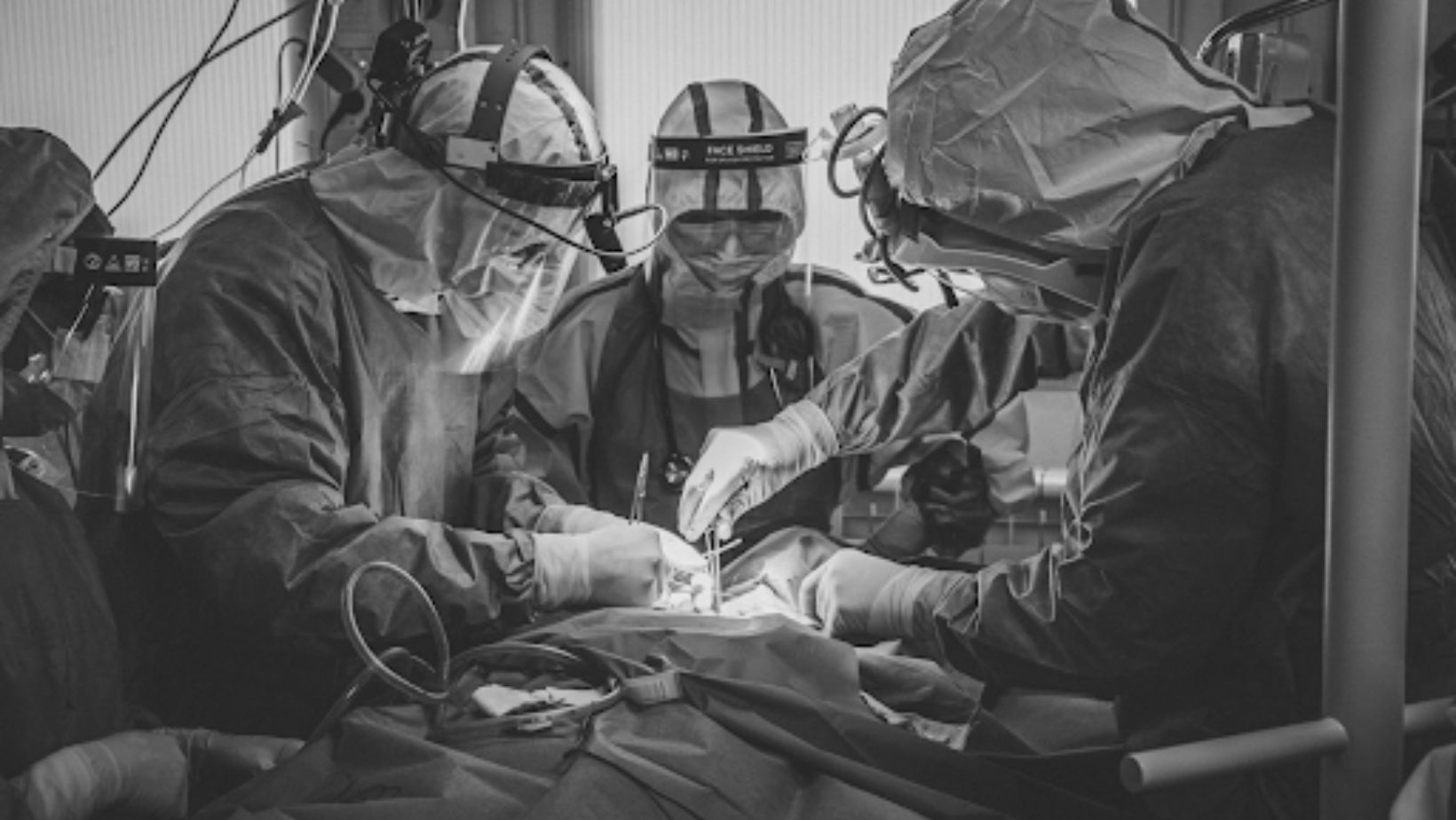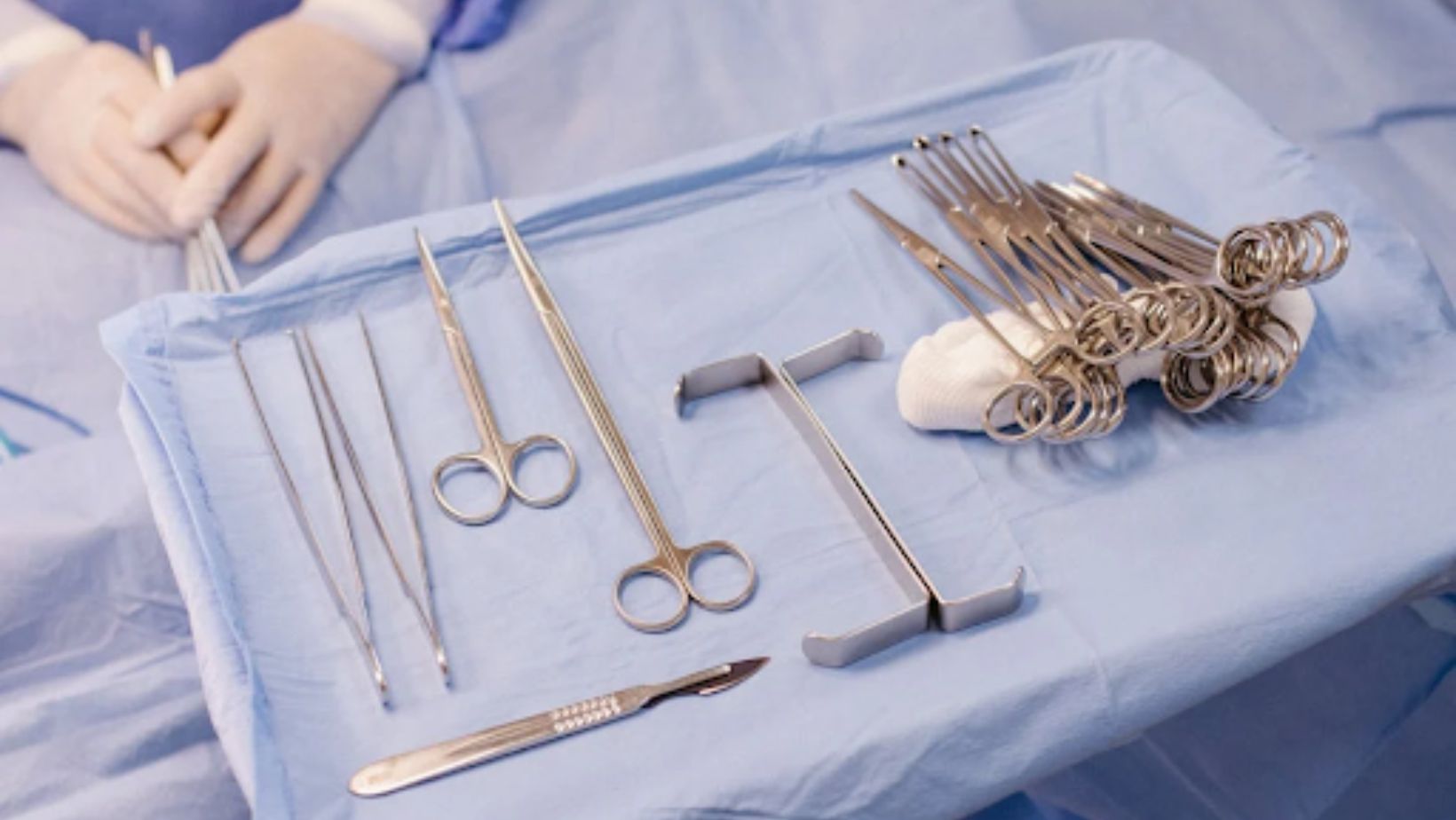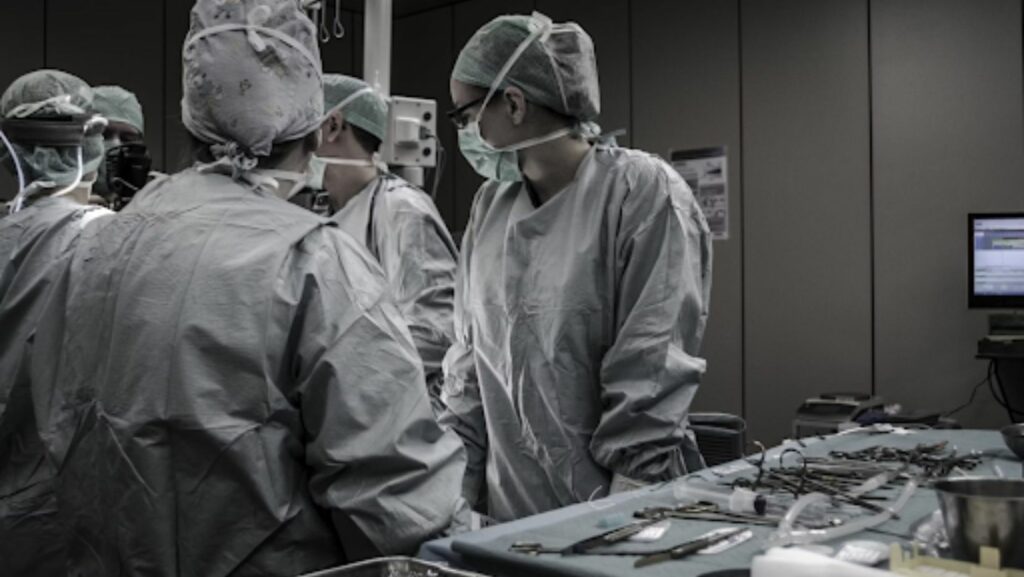Sometimes, spinal conditions worsen and traditional treatments and medications are no longer effective. The next step is typically surgery, such as decompression surgery, followed by spinal fusion to provide stability. However, spinal fusion surgery has certain drawbacks that can have a long-term impact on a person’s quality of life.
Fortunately, medical advancements such as mechanical spinal devices provide an alternative that can provide a long-term cure to spinal conditions while avoiding issues caused by spinal fusion. This article will discuss all you need to know when choosing between spinal fusion and alternative treatments.
6 Common Spinal Conditions and Causes of Chronic Back Pain
There are various a person why a person may require spinal surgery, however, below are summaries of the 6 most common causes.
Spondylolisthesis
This is a condition where one of the bones in your spine (vertebra) slips forward or backward over the bone below it. Imagine a stack of blocks where one block slides out of alignment. This can cause back pain, and reduced mobility, making walking or standing difficult. It can happen due to a birth defect, injury, or wear and tear as you get older.
There are different grades of slippage with grade 1 spondylolisthesis referring to a slippage of between 1-25% and grade 5 meaning a 100% slip which is also called spondyloptosis.
Spinal Stenosis
Spinal stenosis is when the spaces in your spine become narrower, putting pressure on the nerves. Think of it like a hallway getting smaller and smaller, making it hard for people to walk through. This can cause pain, numbness, or weakness in your back, legs, or arms. It often happens as people age and their spine naturally changes.
Herniated Discs
Between the bones in your spine are soft, cushiony discs that act like shock absorbers. A herniated disc occurs when the soft inner part of the disc pushes through a crack in its tougher outer layer. It’s like a jelly donut where the jelly squeezes out. This can press on nearby nerves, causing pain, numbness, or weakness in your back, legs, or arms.
Degenerative Disc Disease
As you get older, the discs between your spine bones start to wear down, becoming thinner and less flexible. It’s like how an old car’s shock absorbers get worn out. This can cause pain, make your back feel less stable, and make movements more difficult.
Spondylitis
Spondylitis is inflammation of the vertebrae (spine bones). It’s often caused by an autoimmune condition where the body’s immune system attacks its joints. This can cause pain and stiffness, and in some cases, the spine can become less flexible, almost like the bones are trying to fuse. Some types of spondylitis can affect young people and run in families.
Spinal Tumors
Spinal tumors are abnormal growths of cells inside or around the spinal column. These can be benign (non-cancerous) or malignant (cancerous). They can grow from the spine itself or spread from tumors in other parts of the body. These tumors can cause pain, weaken the spine, and potentially press on nerves, causing various symptoms like weakness or numbness.
Each of these conditions can affect people differently, and treatment depends on the specific situation. Always consult a healthcare professional for proper diagnosis and treatment.
Spinal Fusion: Explained
Spinal fusion is a surgery that permanently connects two or more bones in the spine. Imagine your spine like a chain of building blocks. During this surgery, doctors use special tools to make these blocks stick together permanently, stopping them from moving separately.
Doctors might recommend spinal fusion for several reasons:
- Severe back pain that doesn’t improve with other treatments
- Spine instability caused by injuries
- Curved spine conditions like scoliosis
- Weakness in the spine from degenerative disc disease
- Tumors or infections affecting the spine
- To correct spine deformities
- To protect nerves that are being squeezed by unstable spine bones
Spinal fusion is performed by the surgeon making an incision in your back and removing the damaged disc between vertebrae or a part of the vertebrae. They’ll then puts bone grafts (either from your body or artificial) between the vertebrae, using metal screws, rods, or plates to hold everything in place. This allows the bones to slowly grow together and fuse over several months
Advantages of spinal fusion surgery include:
- Reduces chronic, severe back pain
- Increases spine stability
- Stops movement in damaged spine sections
- Prevents further damage to nerves
- Can help you return to more normal activities
- Fixes serious spine problems that other treatments can’t solve
However, some drawbacks need to be considered, such as:
- Permanently reduces spine flexibility
- Longer recovery time compared to other surgeries
- Risk of surgery complications
- Potential need for additional surgeries
- Metal hardware might cause discomfort
- Increased stress on nearby spine sections
- Not guaranteed to eliminate pain
- Significant surgical risks like infection
- Bone grafts might not always successfully fuse
 Recovery typically takes several months. Patients need physical therapy and must follow strict movement restrictions during healing. Not everyone is a good candidate for spinal fusion, so careful evaluation by a spine specialist is crucial. The decision to have spinal fusion depends on the individual’s health conditions, pain levels, and potential quality of life improvements.
Recovery typically takes several months. Patients need physical therapy and must follow strict movement restrictions during healing. Not everyone is a good candidate for spinal fusion, so careful evaluation by a spine specialist is crucial. The decision to have spinal fusion depends on the individual’s health conditions, pain levels, and potential quality of life improvements.
Alternative Treatment to Spinal Fusion
A popular alternative to spinal fusion is a mechanical spinal device, such as the TOPS system that allows patients to retain a full range of motion in their spine and benefit from faster recovery times. Additionally, these devices also avoid damage to adjacent vertebrae. This can be a common occurrence in spinal fusion as the grafted area causes deterioration to other vertebrae that are placed under greater strain.
Many surgeons recommend spinal devices and artificial disks over traditional treatments and over time, these modern treatments are expected to improve further.
Thank you for reading. We hope this short guide has helped to answer any questions you may have had about the pros and cons of spinal fusion.

